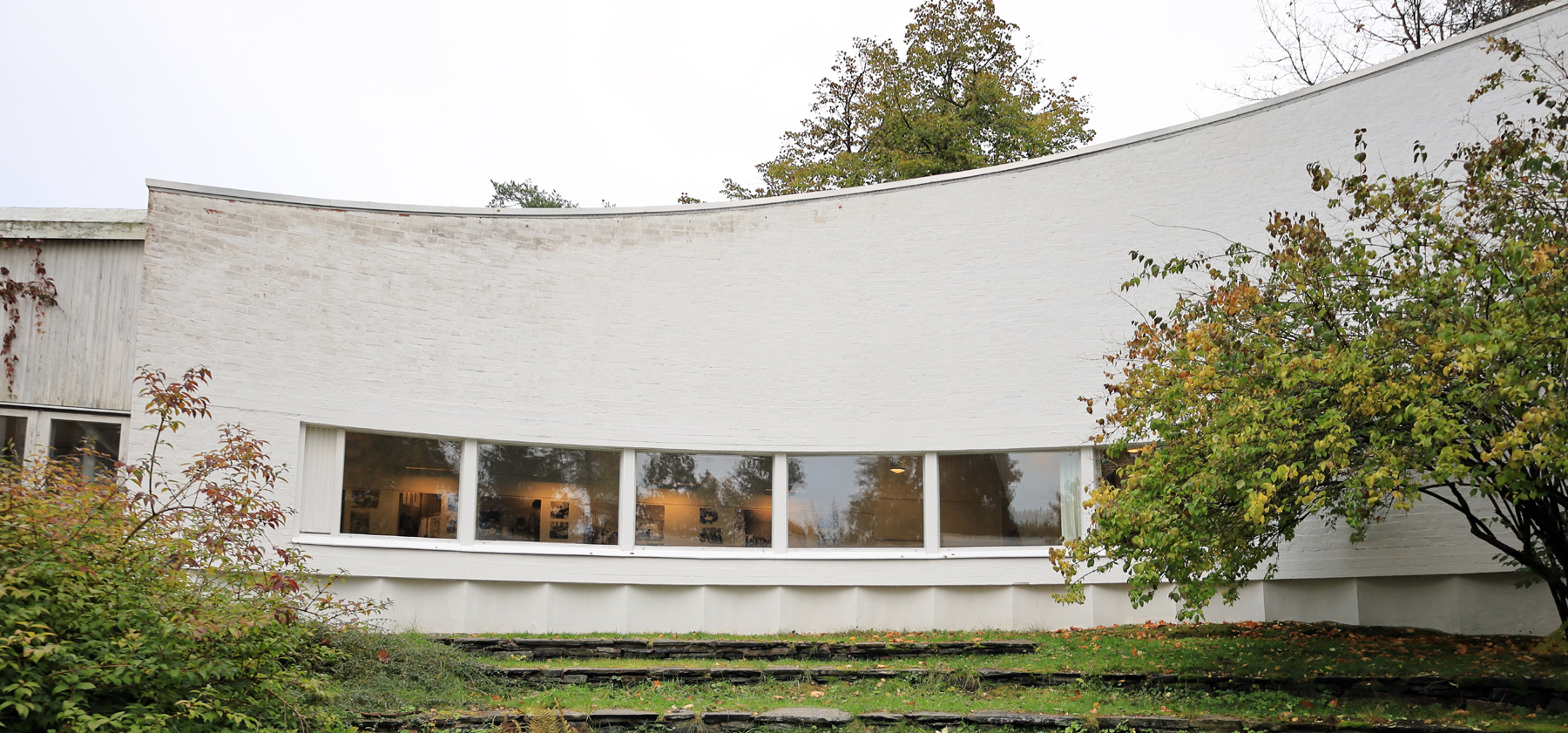
Alongside its Nordic neighbours, Finland is famous for design – but arguably it has made the strongest contributions to architecture. My travel-planning google map for the country is crowded with pins from my studies and art books, so I armed myself with a transit pass and braved the winter weather to experience some of them for myself. Here are my favourites!
Temppeliaukio church

Top of my list – and that of many Helsinki visitors – was Temppeliaukion kirkko, a masterpiece of raw rock and Béton brut sheltered by a UFO-like copper dome which soars 13 metres above the floor. Or perhaps it makes more sense to say the floor sits 13m below the dome, for the entire space was carved into, instead of built upon, a hill.
This radical 1960’s design replaced earlier – entirely conventional – plans for a church on the site, whose construction had been interrupted by the outbreak of war in 1939. The building plays with both light and sound – the narrow band of windows provides a surprising amount of sunshine to the interior, whilst the rock walls are so unfinished that water continues to trickle through them. The rough and ready surfaces turn out to have excellent acoustic properties, making the church popular for concerts.
It’s also a major tourist attraction, and can generally be visited (for an €8 fee) between 10 and 5 on weekdays; but as it remains an active place of worship, hours are restricted at weekends or during various ceremonies. I’d recommend it even if you’re not an architecture buff – if you are, expect to lose an hour exploring!
Studio Aalto

My next stop was rather more challenging to visit, and I had to build my day around it. Studio Aalto is located a few miles from the centre of Helsinki, and can only be accessed by a €20 guided tour, which operates once a day for a maximum of 15 people.
I was well-versed in Alvar Aalto’s architecture from a course on 20th century Modernism, and this studio, constructed relatively late in his career, exemplifies many of his principles. Form reflects function with a low, homely ground floor housing the entrance, bathrooms, kitchen and diner: maximising the sense of space in the light-flooded studio areas upstairs. There is barely a right-angle to be found, with walls and ceilings tilted or curved to mislead the eye. The white walls and extensive windows are certainly modern, but Aalto’s take on this style was less intense than most – here brick is favoured over concrete, and the irregular plan creates and encloses a courtyard garden.
Aalto practiced total art, designing not just buildings but their contents. Being less familiar with this aspect of his work, I learnt a lot about his furniture and furnishings during the tour. In his own studio, it was even possible to sit on some original chairs – a rare opportunity, as over at the Aalto house they’re apparently off limits (and to buy even a late example would run you thousands of pounds).
Guests are restricted to just an hour on site, but for the last 15-20 minutes are free to roam – within limits, as today the building serves as headquarters for the Alvar Aalto Foundation. With only four other visitors, I could get rooms to myself for photos, which was a treat!
Kamppi Chapel

More secluded still was the chapel at Kamppi, a place of sanctuary amidst what is otherwise a major shopping centre and transport hub. This is Scandinavian minimalism pushed to its limits – a windowless wooden cocoon containing a dozen pews, a box altar with a cross, and a candle. Most visitors didn’t seem to know how to respond to its austerity – silence is expected, photography is forbidden – and left after only a minute or two. Hundreds of thousands of people apparently pass through each year, but if you join their number, I recommend taking the time to sit with your thoughts a while.



